Address
DHA Phase 5 Lahore.
Work Hours
Monday to Friday: 11AM - 9PM
Weekend: 11AM - 6PM
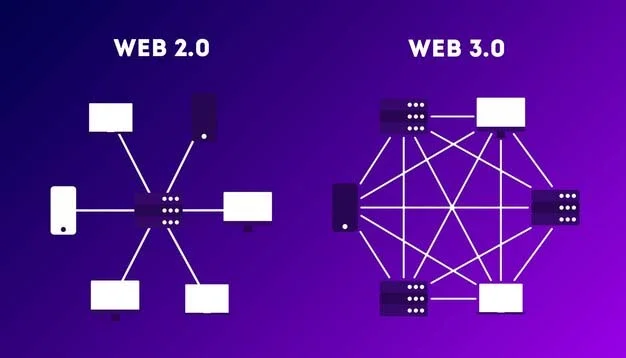
Welcome to the ever-evolving world of the Internet! Over the years, this digital realm has transformed from a static source of information into an interactive and dynamic space where users can create, collaborate, and connect. We have witnessed the rise of Web 2.0 and now find ourselves on the cusp of another groundbreaking shift: Web 3.0.
In this blog post, we will delve into the exciting differences between Web 2.0 and its futuristic counterpart, Web 3.0. Buckle up as we explore how these two generations of the web have shaped our online experiences and what lies ahead in this exhilarating journey through cyberspace! So grab your virtual passport and let’s embark on this thrilling adventure together!
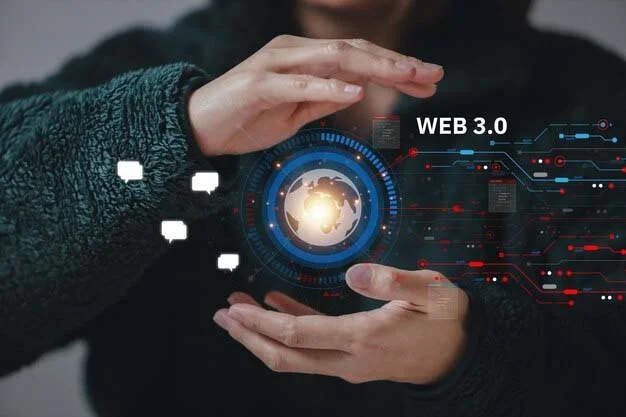
The evolution of the internet has been nothing short of remarkable. From its humble beginnings as a static information repository in Web 1.0, to the interactive and collaborative platform that is Web 2.0, and now to the intelligent and personalized experience of Web 3.0, we have witnessed a true digital revolution.
Web 1.0 was characterized by one-way communication – users simply consumed content without any means of actively participating or contributing. It was a static web where websites provided basic information but lacked interactivity.
With the advent of Web 2.0, things changed dramatically. Users were empowered to not only consume but also create content through social media platforms, blogs, and wikis. This led to an explosion of user-generated content and collaboration on an unprecedented scale.
Now we are on the brink of another major shift with Web 3.0 – often referred to as the semantic web or intelligent web. This next phase will focus on harnessing artificial intelligence (AI), machine learning (ML), big data analytics, and natural language processing (NLP) to deliver more personalized experiences for users.
Emerging technologies like virtual reality (VR), augmented reality (AR), Internet of Things (IoT), blockchain, voice assistants, and more will play a crucial role in shaping this new era.
As we move forward into this exciting frontier known as Web 3.0, we can expect even greater connectivity between people and machines, smarter algorithms that understand context better than ever before,and a truly immersive online experience tailored specifically to each individual user’s needs and preferences.

What is Web 2.0? Well, it’s essentially a term that refers to the evolution of the internet and how it has transformed the way we interact with websites and each other online. It represents a shift from static web pages to dynamic platforms that encourage user participation and collaboration.
In Web 2.0, users are no longer passive consumers of information but active participants in creating and sharing content. This change has given rise to social media platforms like Facebook, Twitter, and Instagram where people can connect, share updates, photos, videos, and engage in conversations.
One key characteristic of Web 2.0 is the emphasis on user-generated content. Blogs allow individuals to express their thoughts and opinions while wikis enable collaborative editing of articles or documents by multiple contributors.
Another feature of Web 2.0 is the use of rich multimedia such as images, audio clips, and videos to enhance user experiences on websites. This has made online interactions more engaging and immersive.
Web 2.0 also introduced the concept of “cloud computing,” which allows users to access software applications or store data remotely through internet-connected servers rather than relying solely on their personal computers.
Web 2.0 has revolutionized our digital landscape by empowering users to actively participate in shaping online content while enabling richer experiences through multimedia elements and cloud-based services.
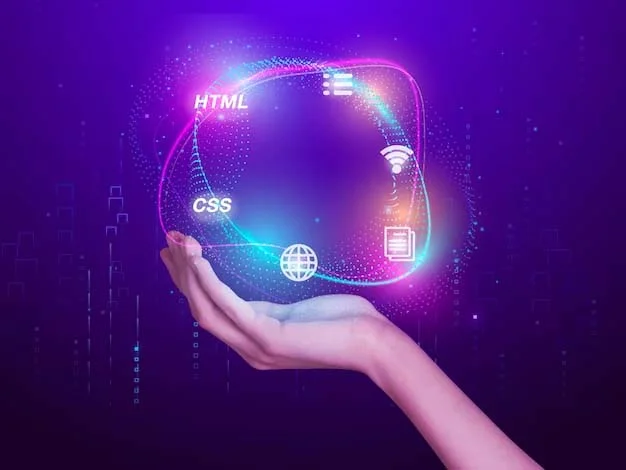
Web 2.0, the second generation of the World Wide Web, brought about a significant shift in how we interacted with the Internet. Unlike its predecessor, Web 1.0, which was primarily static and one-way, Web 2.0 introduced a more dynamic and interactive online experience.
One key characteristic of Web 2.0 is user-generated content. This means that anyone can contribute their own thoughts, ideas, and creations to websites and platforms. This democratization of content creation has led to an explosion of blogs, forums, social media platforms, and video-sharing sites where users have become active participants rather than passive consumers.
Another important feature of Web 2.0 is collaboration. With tools like wikis and collaborative document editing platforms such as Google Docs, people can easily work together on projects regardless of their physical location.
Furthermore, personalization became a prominent aspect of web experiences during this era. Websites began tailoring content based on user preferences or past behavior using algorithms that analyzed data collected from users’ interactions with the site.
Web 2.0 also fostered a sense of community as it facilitated connections between individuals who shared common interests or goals through online communities or social networking sites.
Additionally, accessibility improved significantly during this period with responsive design techniques ensuring websites could be accessed seamlessly across various devices – desktops,laptops,t tablets,and smartphones.
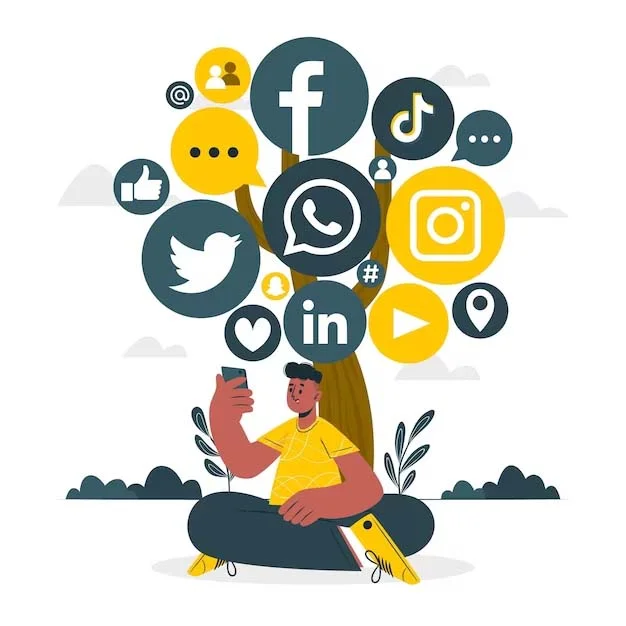
Web 2.0 has given birth to a plethora of tools and platforms that have transformed the way we interact, collaborate, and share information online. These tools empower users to not only consume content but also actively contribute and participate in the digital realm.
One prime example of a Web 2.0 tool is social media platforms like Facebook, Twitter, and Instagram. These platforms enable individuals to connect with friends, share updates, photos, videos, and engage in real-time conversations with people across the globe.
Blogging platforms such as WordPress and Blogger have also gained immense popularity in the Web 2.0 era. They allow individuals or businesses to create their own websites or blogs easily without any technical skills required.
Another notable web 2.0 tool is Wikipedia – an online encyclopedia where anyone can contribute by adding or editing articles on various topics.
Video-sharing sites like YouTube have revolutionized how we consume video content online. Users can upload their own videos or watch an extensive range of user-generated content on practically any subject imaginable.
Collaborative document creation tools like Google Docs make it easy for multiple users to work simultaneously on documents from different locations in real time.
These examples exemplify the power of Web 2.0 tools and platforms in enhancing collaboration, communication, and information sharing on a global scale!
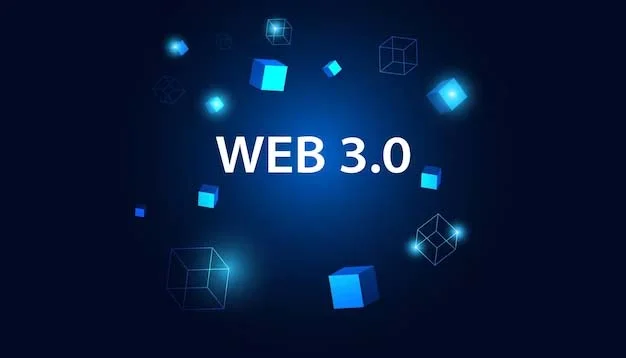
What is Web 3.0? It’s the next phase in the evolution of the internet, characterized by a more intelligent and personalized online experience. Unlike its predecessor, Web 2.0, which focused on user-generated content and social media platforms, Web 3.0 takes things to a whole new level.
One key characteristic of Web 3.0 is its emphasis on artificial intelligence (AI) and machine learning algorithms. This means that websites will become smarter at understanding user preferences and delivering highly tailored content.
Another aspect of Web 3.0 is the integration of emerging technologies like virtual reality (VR) and augmented reality (AR). Imagine browsing through an online store where you can virtually try on clothes or visualize furniture in your own home – that’s the power of Web 3.0!
Blockchain technology also plays a significant role in this new era of the web. It provides enhanced security for transactions and data storage, making it ideal for decentralized applications (DApps) and cryptocurrency transactions.
The Internet of Things (IoT) is another element that defines Web 3.0, as everyday objects are connected to each other via sensors and embedded systems.
Web 3.0 opens up exciting possibilities for businesses and users alike, creating a more immersive and personalized digital landscape than ever before!
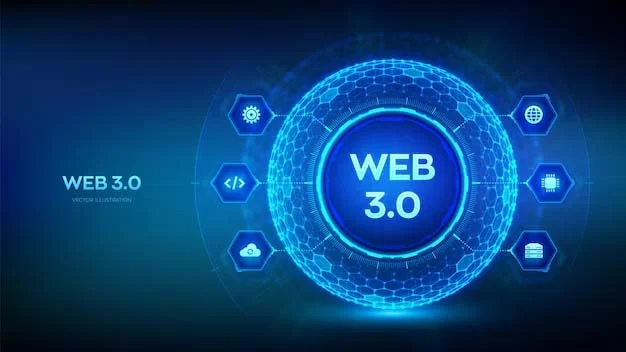
Web 3.0, also known as the Semantic Web, is the next phase in the evolution of the Internet. It takes what was started with Web 2.0 and adds a new layer of intelligence to it. One of the key characteristics of Web 3.0 is its ability to understand and interpret data.
Unlike previous versions, which mainly focused on connecting people and providing information, Web 3.0 aims to connect machines through artificial intelligence algorithms that can analyze vast amounts of data and make sense of it all.
Another important feature of Web 3.0 is its emphasis on personalization and customization. With this new version, websites can deliver tailored content based on users’ preferences, browsing history, location, and other relevant data points.
Additionally, interoperability is a prominent aspect of Web 3.0—meaning that different applications will be able to communicate with each other seamlessly using standardized protocols.
Security is also a major concern in Web 3.0 as more sensitive information gets shared online every day; therefore, advanced encryption techniques are being implemented to protect user privacy.
Last but not least, one notable characteristic of Web 3.0 is its focus on collaboration between humans and machines – creating an environment where humans work alongside intelligent systems for improved productivity and decision-making processes.
These features define what makes Web 3.0 different from its predecessors: enhanced understanding capabilities, personalized experiences, seamless interoperability across platforms while prioritizing security measures—and ultimately forging stronger human-machine collaborations!

Web 3.0 is still in its early stages, but it holds immense potential for revolutionizing the way we interact with the internet. The examples of emerging technologies in Web 3.0 give us a glimpse into this exciting future.
One such example is the Internet of Things (IoT), where everyday objects are connected to the internet and can communicate with each other. This opens up a whole new realm of possibilities, from smart homes that can automatically adjust temperature and lighting based on your preferences, to wearable devices that monitor your health and provide personalized recommendations.
Another emerging technology is Artificial Intelligence (AI), which has already made significant strides in recent years. AI-powered chatbots are becoming increasingly common, providing instant customer support and personalized recommendations. Machine learning algorithms analyze vast amounts of data to make predictions and improve decision-making processes across various industries.
Blockchain technology also falls under the umbrella of Web 3.0, offering enhanced security, transparency, and decentralization for online transactions. Cryptocurrencies like Bitcoin have gained popularity as digital currencies built on blockchain technology.
Virtual Reality (VR) and Augmented Reality (AR) are transforming how we experience entertainment, education, and even remote collaboration. With VR headsets or AR glasses, users can immerse themselves in virtual worlds or overlay digital information onto their physical surroundings.
These are just a few examples of how Web 3.0 is shaping our digital landscape with its innovative technologies and concepts.
In conclusion, Web 2.0 brought about user-generated content and social interaction on the web while Web 3.0 takes it further by leveraging emerging technologies like IoT, AI, blockchain, VR/AR to create more intelligent systems that enhance our online experiences.
As we continue to evolve towards an interconnected world driven by advanced technologies like these mentioned above; one thing remains clear – The evolution never stops! So strap yourself in because there’s no telling what the future of the Web holds, but rest assured, it will be fascinating and transformative.
Like what you read? Excited for more? Click Here